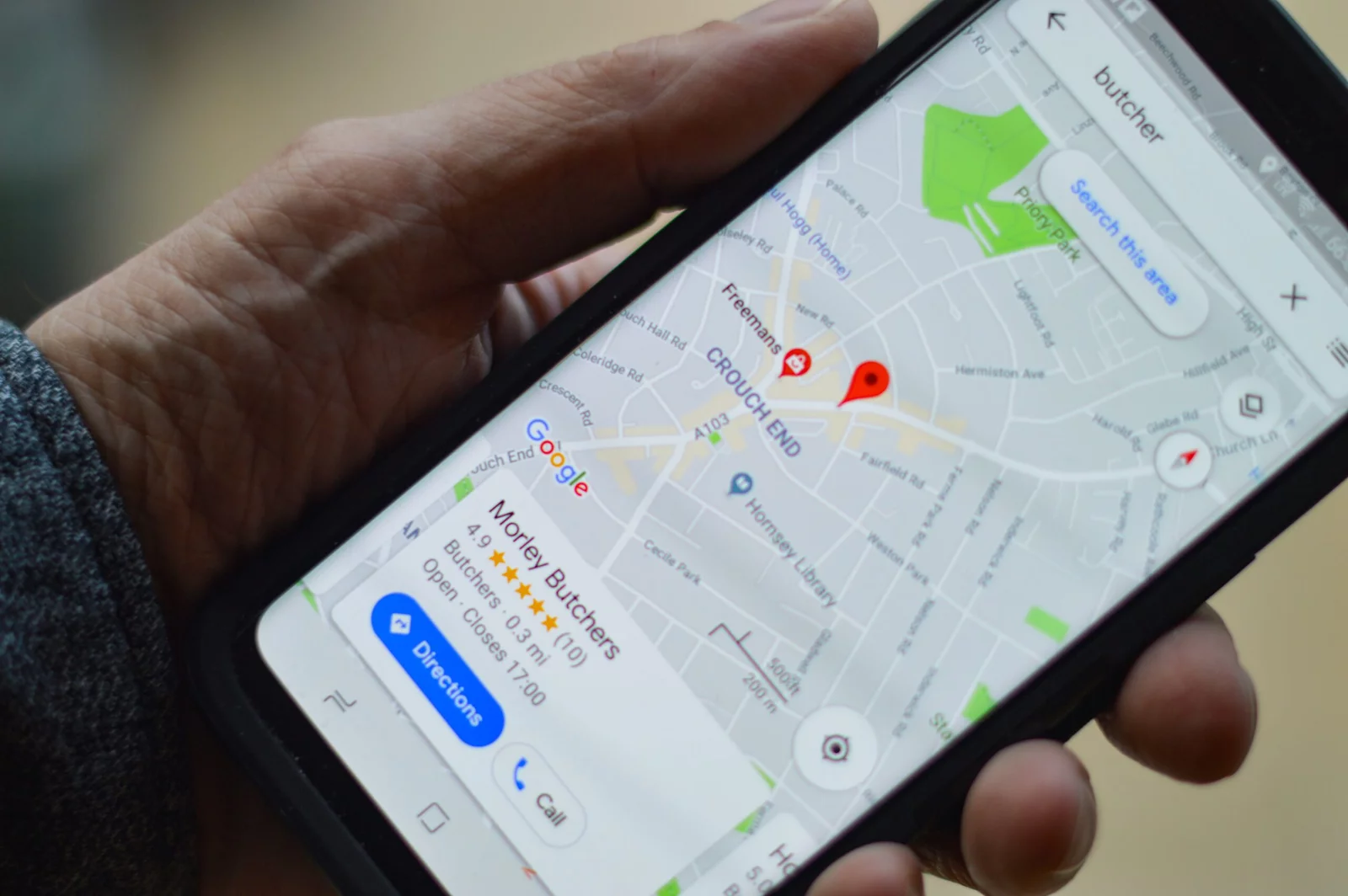middleportal.com – Are you a local business owner looking to enhance your online presence and attract more customers? Look no further than local SEO optimization. Local SEO, or search engine optimization, focuses on improving your business’s visibility in local search results. By implementing a few key strategies, you can ensure that your business stands out from the competition and reaches your target audience effectively.
Optimize for Google My Business
One of the most critical steps in local SEO optimization is optimizing your Google My Business (GMB) listing. GMB is a powerful tool that allows you to manage your business’s online presence across Google, including search and maps. To optimize your GMB listing:
- Claim and verify your listing: Start by claiming your GMB listing and verifying your business. This step is crucial to gain control over your listing and access additional features.
- Add accurate information: Ensure that your business name, address, and phone number (NAP) are consistent and up-to-date. This consistency helps Google understand and rank your business correctly.
- Write a compelling business description: Craft a concise and informative description that showcases what makes your business unique. Include relevant keywords to improve your chances of appearing in relevant searches.
- Upload high-quality photos: Visuals play a significant role in attracting potential customers. Upload high-quality photos that showcase your products, services, and the overall ambiance of your business.
Engage on Social Media and Add Posts to GMB
Social media platforms are powerful tools for engaging with your audience and boosting your local SEO efforts. Here’s how you can leverage social media for local SEO:
- Create and optimize social media profiles: Establish a presence on platforms like Facebook, Instagram, Twitter, and LinkedIn. Fill out your profiles completely, including your business name, address, phone number, and website URL.
- Share valuable content: Regularly post informative and engaging content related to your industry. This content can include blog posts, videos, infographics, and promotions. Encourage your followers to share and engage with your content.
- Interact with your audience: Respond to comments, messages, and reviews promptly. Engaging with your audience helps build trust and shows that you value their feedback.
- Add posts to GMB: Google My Business allows you to create posts that appear directly on your listing. Use these posts to highlight special offers, upcoming events, or new products/services. This feature helps you stand out in search results and attract more clicks.
Ensure Consistency of Name, Address, and Phone Number
Consistency is key when it comes to local SEO. Make sure your business’s name, address, and phone number (NAP) are consistent across all online platforms. This consistency helps search engines understand that all references to your business are related and trustworthy. Here’s what you can do:
- Check online directories: Search for your business on popular online directories like Yelp, Yellow Pages, and TripAdvisor. Ensure that your NAP information is accurate and consistent across these platforms.
- Update your website: Verify that your NAP information is correct on your website’s contact page and footer. Make any necessary updates to ensure consistency.
- Monitor and respond to reviews: Regularly monitor online reviews and respond to them professionally and promptly. This practice not only helps with reputation management but also shows search engines that you are actively engaged with your customers.
Perform a Local SEO Audit
Regularly auditing your local SEO efforts is crucial to identify areas for improvement. Here are a few key elements to include in your local SEO audit:
- Keyword research: Identify relevant keywords for your business and location. Use tools like Google Keyword Planner to discover high-ranking keywords that align with your target audience’s search intent.
- Website optimization: Ensure that your website is optimized for local search. This includes optimizing title tags, meta descriptions, headers, and content with relevant keywords and location information.
- Local link building: Build high-quality backlinks from reputable local websites. This can be achieved through collaborations, sponsorships, or partnerships with local businesses or organizations.
- Mobile optimization: With the majority of searches happening on mobile devices, it’s crucial to have a mobile-friendly website. Optimize your website for mobile devices to provide a seamless user experience.
Improve Your Internal Linking Structure
Internal linking refers to linking pages within your website. A well-structured internal linking strategy can improve your website’s usability, help search engines crawl and index your pages, and boost your local SEO efforts. Here are a few tips:
- Create a logical site structure: Organize your website’s content in a logical hierarchy. This makes it easier for users and search engines to navigate through your website.
- Use descriptive anchor text: When linking to other pages within your website, use descriptive anchor text that includes relevant keywords. This helps search engines understand the context of the linked page.
- Link to relevant pages: Link to other relevant pages within your website whenever it adds value to the user’s experience. This can include linking to related blog posts, service pages, or location-specific pages.
By following these strategies, you can optimize your local SEO efforts and boost your business’s visibility in Google search results. Remember, local SEO is an ongoing process, so regularly monitor and adjust your strategies to stay ahead of the competition.
